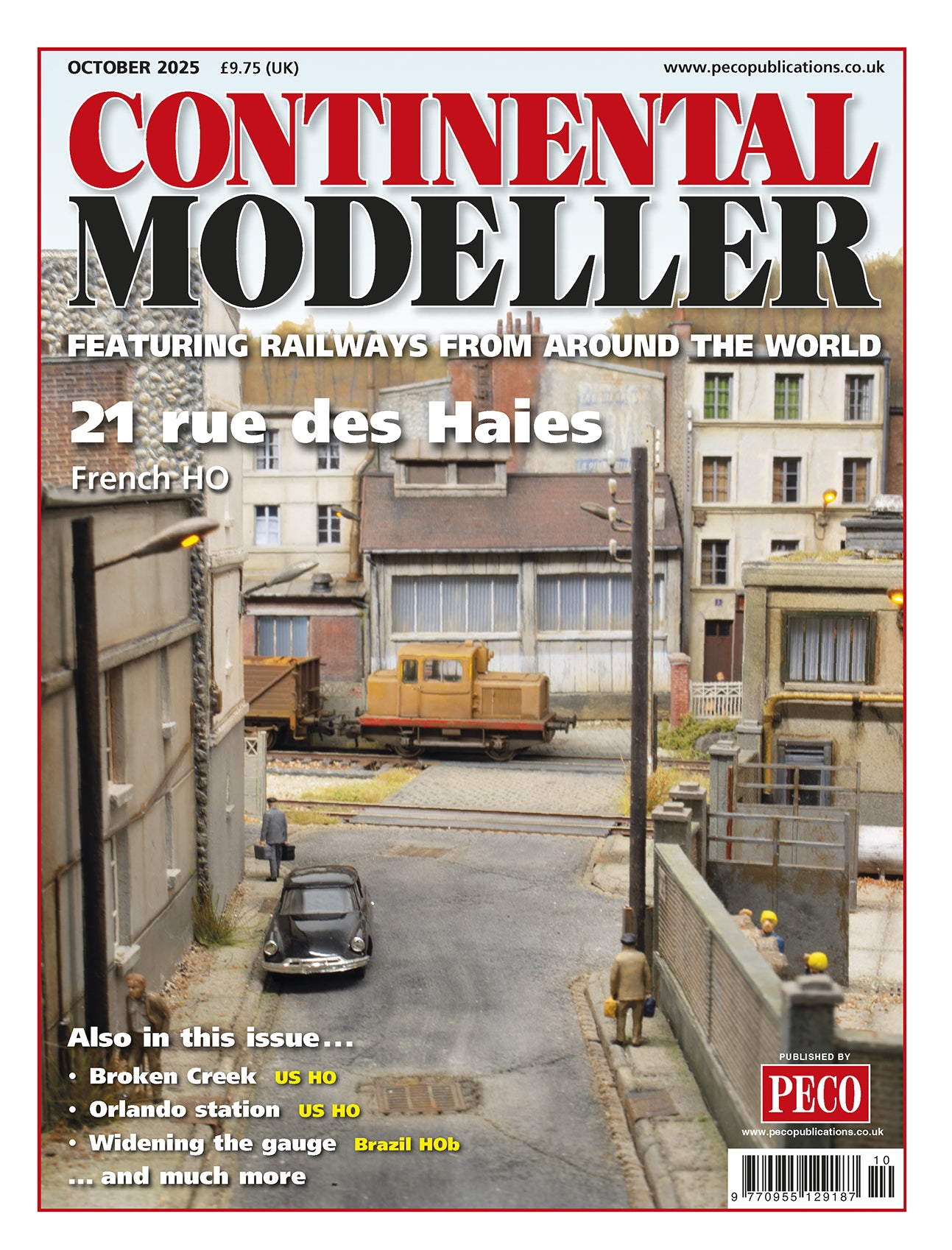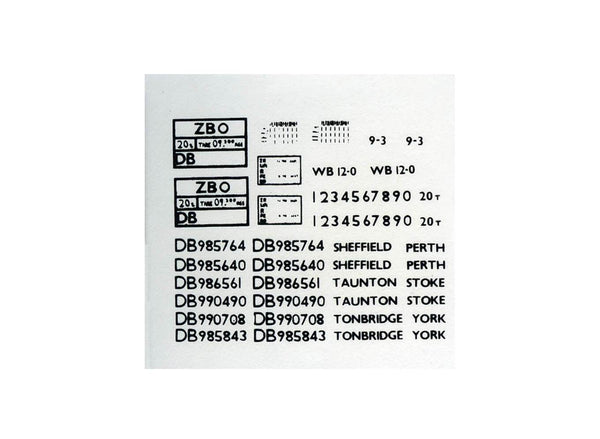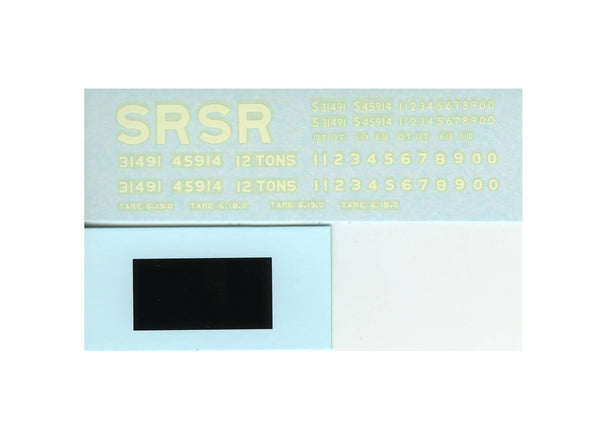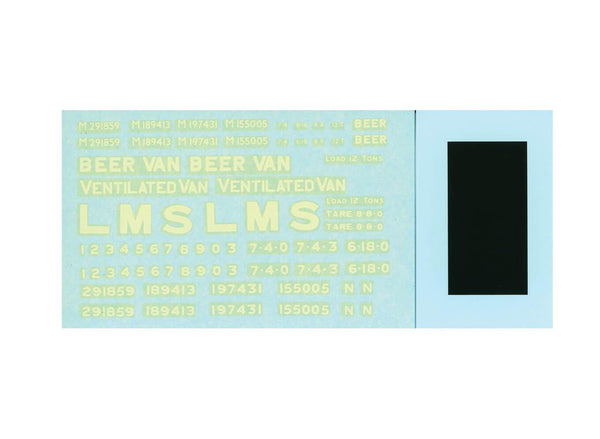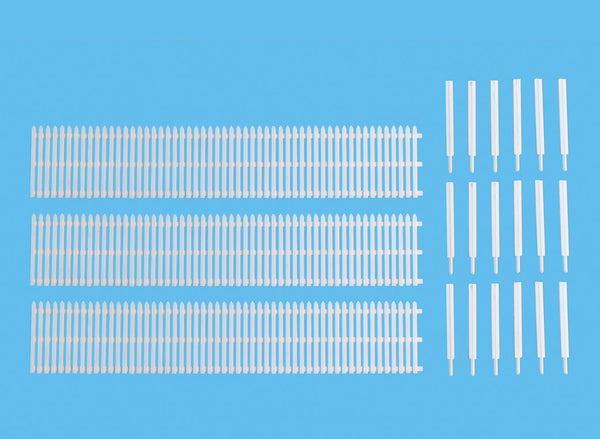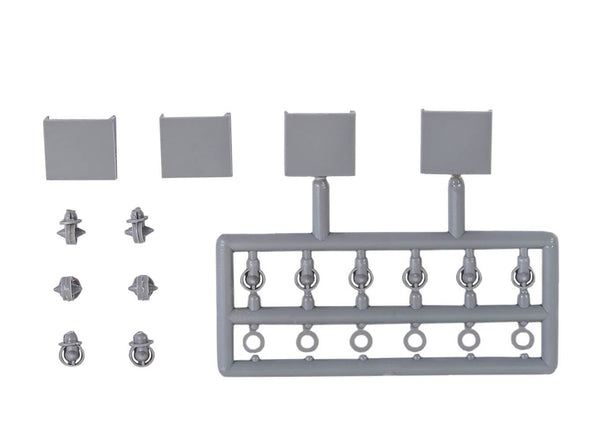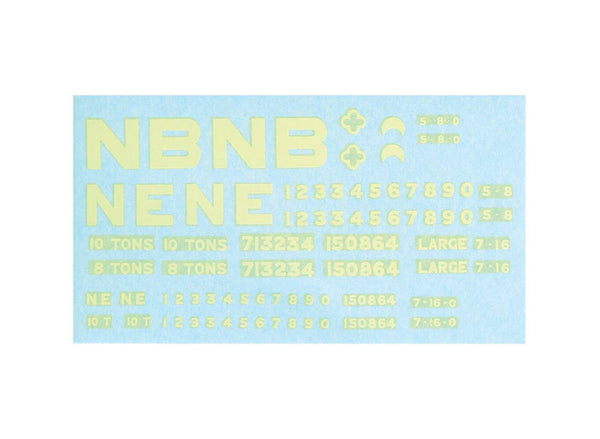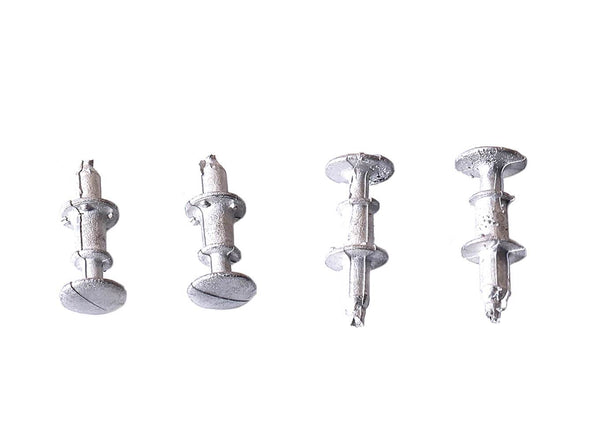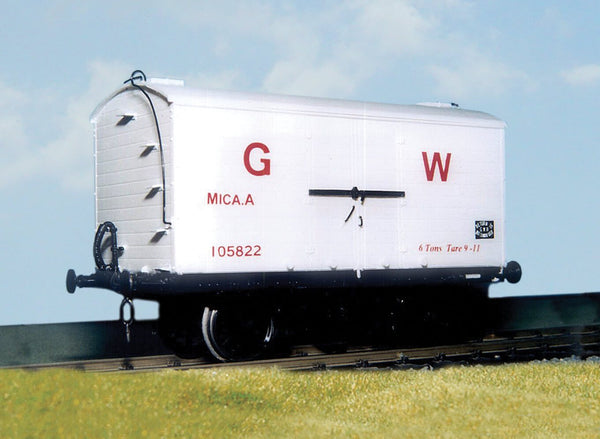BROWSE PECO PRODUCTS
Browse through our complete product portfolio.
268 Products Found
Transfers (Pressfix) for BR Grampus.
Transfers for early and post TOPS BR (from kit PS14)
Buffers RCH End Door
Kit and Scratch builder's accessory. Pack contains sufficient parts for 4 Buffers
Buffers RCH (White Metal)
Kit and Scratch builder's accessory. Pack contains sufficient parts for 4 Buffers
Transfers (Waterslide) LNER/BR from kits PS.3-PS-04 and PS11
Kit and Scratch builder's accessory.
Buffers NBR (White Metal)
Kit and Scratch builder's accessory. Pack contains sufficient parts for 4 Buffers
GWR Mica Insulated Van
In 1929, 54 of these vans were built to carry meat in chilled conditions. The hoppers inside were filled with “Drikeld” solid carbon dioxide through characteristic roof vents. They lasted into the 1960s, some being converted into “TEVAN” vans (PS48). Transfers for GWR and BR. These finely moulded plastic wagon kits come complete with pin point axle wheels and bearings, 3 link couplings and transfers. This kit is supplied with pre-coloured moulded parts although painting can improve the appearance. Additional parts to enable the vehicle to be modelled incorporating modifications made to the prototypes during their working life are included where appropriate.



